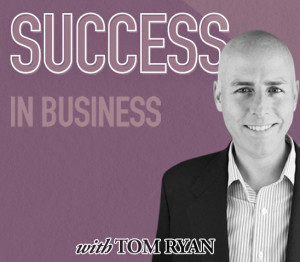 “Bootstrapping” is a term that gets tossed around a lot in startup and investment circles. The idea of “pulling yourself up by your own bootstraps” is familiar to most people as a metaphor for creating your own success, but what does it actually mean in a business context? Exactly what you would expect, actually.
“Bootstrapping” is a term that gets tossed around a lot in startup and investment circles. The idea of “pulling yourself up by your own bootstraps” is familiar to most people as a metaphor for creating your own success, but what does it actually mean in a business context? Exactly what you would expect, actually.
When a company starts out with very little financial capital or other resources, it has to get creative to stay in the game. That means pinching pennies, taking a conservative attitude towards any additional expense, finding other kinds of resources to use without spending a bunch of money. That’s the bootstrap mindset.
When a company is bootstrapping, they’re that scrappy underdog punching above their weight. That’s a compelling story, and it can help catch the eye of investors. Once you raise a little money, however, it’s all too easy to fall out of the bootstrapping mindset.
I know, because I’ve done it myself. Early in my career as an entrepreneur, I founded one of those tenacious little startups, and managed to raise some money to help get it off the ground. The first thing I did when the check cleared was to start spending money on stuff I thought the company needed to grow.
When you’re moving quickly and trying to rapidly expand your business, it can be difficult to know what’s a needed expense and what’s simply a waste of cash. In my case, I blew through more of that seed money than I’d care to remember on stuff that was little more than overhead. It was an expensive way to learn an important lesson about priorities.
Here’s the big lesson: Overspend on your core assets, and skimp on your expenses. It’s a simple philosophy, but it can also be incredibly effective for maintaining a lean, profitable operation.
Your core assets are those things that contribute directly to the revenue, reach or long-term survival of the business. The most obvious examples are things like your actual products or services, as well as developing the resources for selling them. It could also mean investing in key partners or employees that you really want to develop or hire.
If you’re going to overspend on anything, going all-in on those important contracts is a great place to do it. Taking a prospect out to dinner or golfing may seem like an extravagant expense, but if it results in a big contract, that additional cost is completely justified. Along the same lines, spending a little extra to really nail down those legal matters, or to secure your intellectual property — like your patents or your trademarks — is never an expense you’re going to regret.
Where you want to skimp is on those expenses that don’t contribute to your revenue. When you’re a new company with a razor-thin profit margin, it doesn’t make sense to invest in high-end office space. It might make you feel more legitimate to have Class A office space to show off to potential clients or investors, but you don’t need it. Along the same lines, if you’re rapidly expanding it can be tempting to hire a bunch of new employees to get ahead of the demand. That’s a bad idea, because employees are expensive. It’s better to wait until you start to feel the pressure of really needing a new employee to handle the workload, just to keep you from spending money you don’t really have on a new hire you don’t really need.
Any investment that’s not revenue-producing is something that you should scrutinize. If it’s not going to directly produce sales, it’s going to create some level of drag on your profitability. By keeping that bootstrapping mindset, even when you have investor capital to work with, you’ll go a long way towards developing a profitable mindset.
